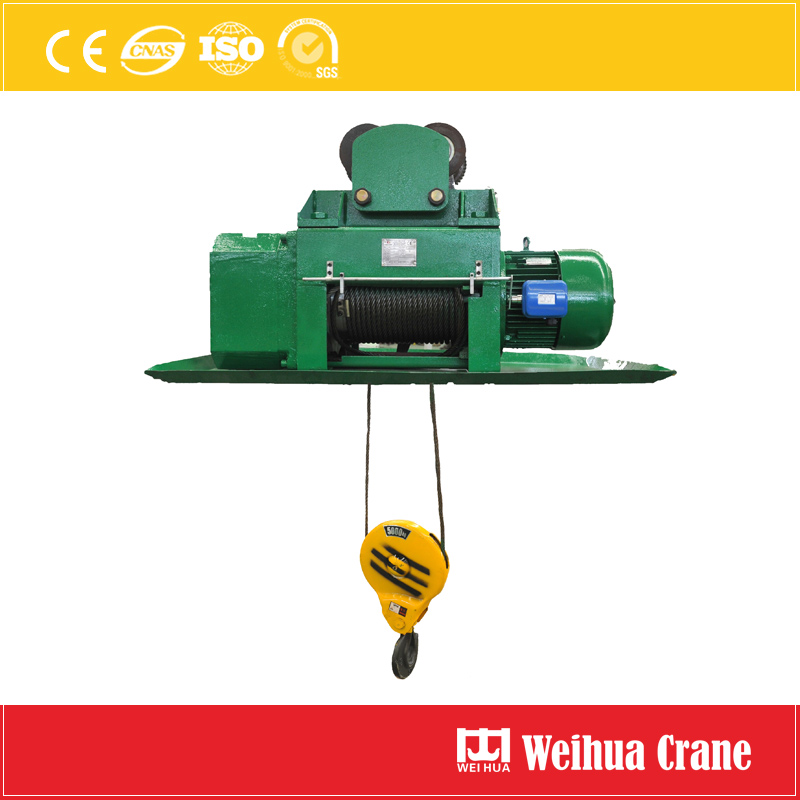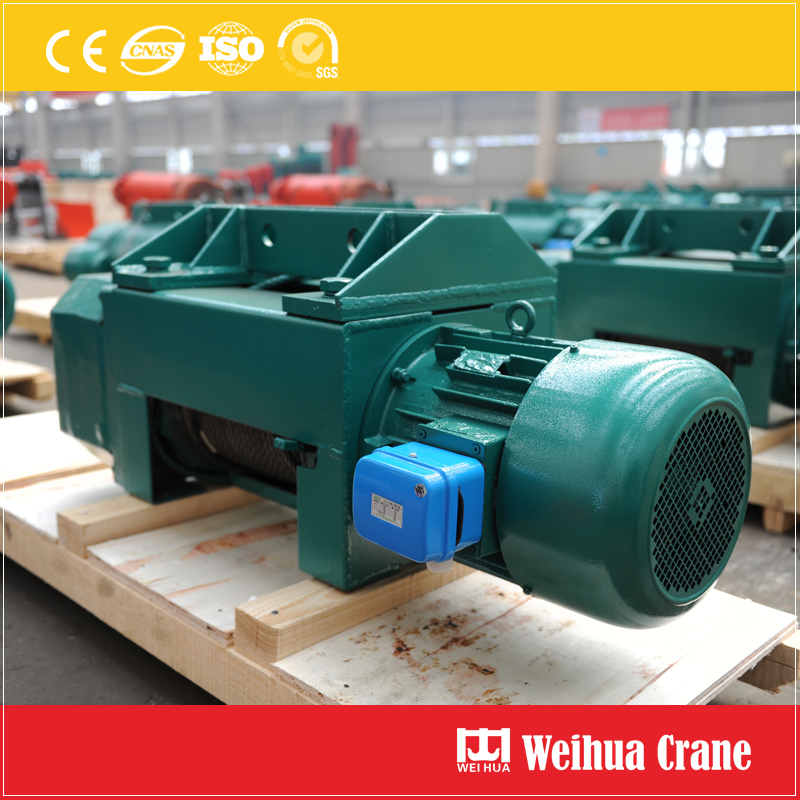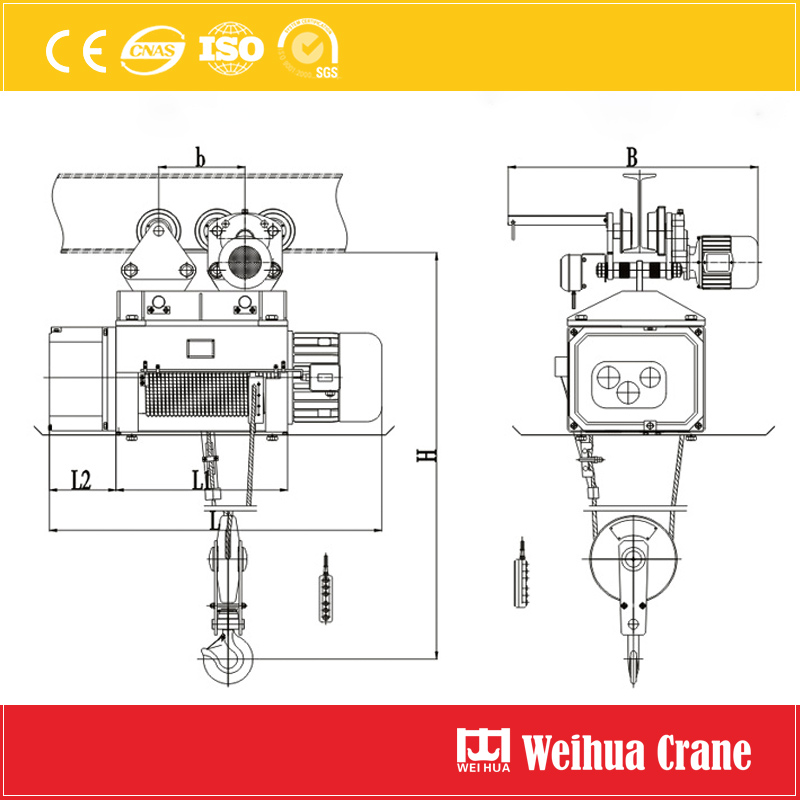During the "12th Five-Year Plan" period, the signal to tighten the coal chemical industry policy gate has been officially issued. Recently, the National Development and Reform Commission issued the "Circular on Regulating the Orderly Development of the Coal Chemical Industry" (hereinafter referred to as the "Notice"), pointing out that the coal chemical industry has problems with blind planning, illegal construction, and disorderly development. The national coal chemical policy has changed the tone of vague and general terms in the past and clearly defined the access standards of the coal chemical industry for the first time.
The backward production capacity technology has become the "testing field" for foreign gasification technology
It is understood that the current methanol plant operating rate of only about 50%, a large number of dimethyl ether plant idle, a considerable number of companies facing bankruptcy.
At the “Twelfth Five-Year†China Coal Chemical Industry Development and Energy Saving and Emission Reduction Technology Forum recently held, experts from the China Petroleum and Chemical Industry Planning Institute explained in an interview that there was blindness in the development of coal chemical technology. The introduction of the situation. The early introduction of coal gasification technology has indeed played a role in promoting the development of China's economy. However, since the introduced coal gasification technologies are not all perfect technologies, China has become a “testing field†for foreign gasification technologies.
The data from the National Development and Reform Commission shows that according to incomplete statistics, the newly added coal used in the construction and approved coal chemical projects in the country has exceeded 100 million tons, and the planned total number of new coal used in the project is still several hundred million tons. In particular, it is worth noting that some of the coal-refining areas are also competing for the coal-to-chemical projects under the existing coal-fired power plant.
Experts said that the blind construction and excessive development of coal chemical industry not only exacerbates the contradiction between coal supply and demand, but also directly affects the country’s total control of energy consumption. Coal chemical industry is a high-energy-consuming, high-emissions industry. Due to technological constraints, the energy conversion efficiency of coal in the overall industrial chain is not high, energy consumption and carbon dioxide emission intensity are both more than 10 times higher than the national average, and coal chemical industry is disorderly. Development will inevitably directly affect the realization of energy-saving emission reduction targets.
Coal and water must be taken into consideration when considering the resource and environmental bearing capacity
"The issue of coal chemical industry layout cannot be put aside the cart before the horse. We must comprehensively consider the carrying capacity of resources and the environment. All layouts must be under this restriction," said Xie Kechang, vice president of the Chinese Academy of Engineering. At present, the enthusiasm of local governments and enterprises for the development of coal chemical industry should be given active guidance. Preventing blind development has become the consensus of the industry.
According to reports, the development of the coal chemical industry requires higher requirements for coal resources, water resources, ecology, environment, technology, capital, and social support. On the one hand, the development of coal chemical industry is subject to coal resources. Relevant statistics show that a coal direct liquefaction plant with an annual output of 2.5 million tons needs 11 to 15 million tons of coal annually. For example, the service life of a coal-to-oil plant is 50 years, coal mining recovery rate is 40%, recoverable reserves of 1.37 billion to 1.87 billion tons are required, and coal quality is required to be stable.
On the other hand, the development of coal chemical industry is also restricted by water resources. On the whole, China's water resources and coal resources are in reverse distribution. The large-scale coal bases currently planned are basically in water-deficient areas. A million-ton coal-based oil plant may consume 10 million tons of water. Unreasonable coal chemical planning will directly affect the steady development of the local economy and society and the protection of the ecological environment.
An indirect coal liquefaction plant with an annual output of 3 million tons of oil products will produce 8.8 million tons of carbon dioxide from raw coal production. Judging from the environmental capacity, most of the coal chemical projects are located in the main coal producing areas, and whether there is any sewage discharge capacity should also be a necessary condition for new projects.
It is understood that the National Development and Reform Commission and the National Energy Administration are organizing the preparation of the “Coal Deep Processing Demonstration Project Plan†and the “Coal Chemical Industry Policyâ€, which clearly and strictly controls the construction of high water-consuming coal chemical projects in water-scarce areas. Coal net transfer to the region should strictly control the coal chemical industry, and the coal net transfer area should be scientifically planned and developed in an orderly manner.
Hu Qianlin, deputy secretary-general of the China Petroleum and Chemical Industry Association, said that the development of coal chemical industry should be planned scientifically and rationally, that is, according to the conditions of coal resources, water resources, and environmental conditions in various regions, rationally lay out coal chemical industry development and give priority to ecological protection. The requirements for protection and protection of water resources shall fully consider the needs of regional economic development and try to place coal, electricity, and chemical industries together in areas with a fairly industrial base.
Metallurgy Electric Hoist is a wire rope electric hoist mainly employed to lift molten metal at metallurgic plant. The lift capacity is usually under 10t and lifting height is under 20m. The working environment temperature is -10°C~60°C and relative humidity is less than 50% in the condition of 40°C.

Weihua metallurgy electric hoists are designed with many protection device such as double braking, double spacing, anti-heat plate and so on. Metallurgy electric hoist is a good light-duty equipment that can work together with metallurgy Single Girder Overhead Crane, also can be installed under workshop fixed suspending rail.

Capacity: 2t ~ 10t or custom
Lift height: 9m ~ 20m or custom
Work duty: M6 or custom
Sling device: hook
Packing: Wooden case, leather, reinforced bar, etc.

Weihua is a China leading crane manufacturer with 31 years experience. You can find our products all over China, also in 110 countries such as the UK, Russia, USA, Thailand, Ukraine, Egypt, Mexico, Pakistan, Malaysia, etc. We have confidence to provide you with the right products and professional solutions. Just let us know your needs.

Electric Trolley Hoist,Metallurgy Industry Hoist,Metallurgy Wire Rope Electric Hoist,Anti-Heat Electric Hoist
Henan Weihua Heavy Machinery Co., Ltd. , https://www.weihuacranefactory.com